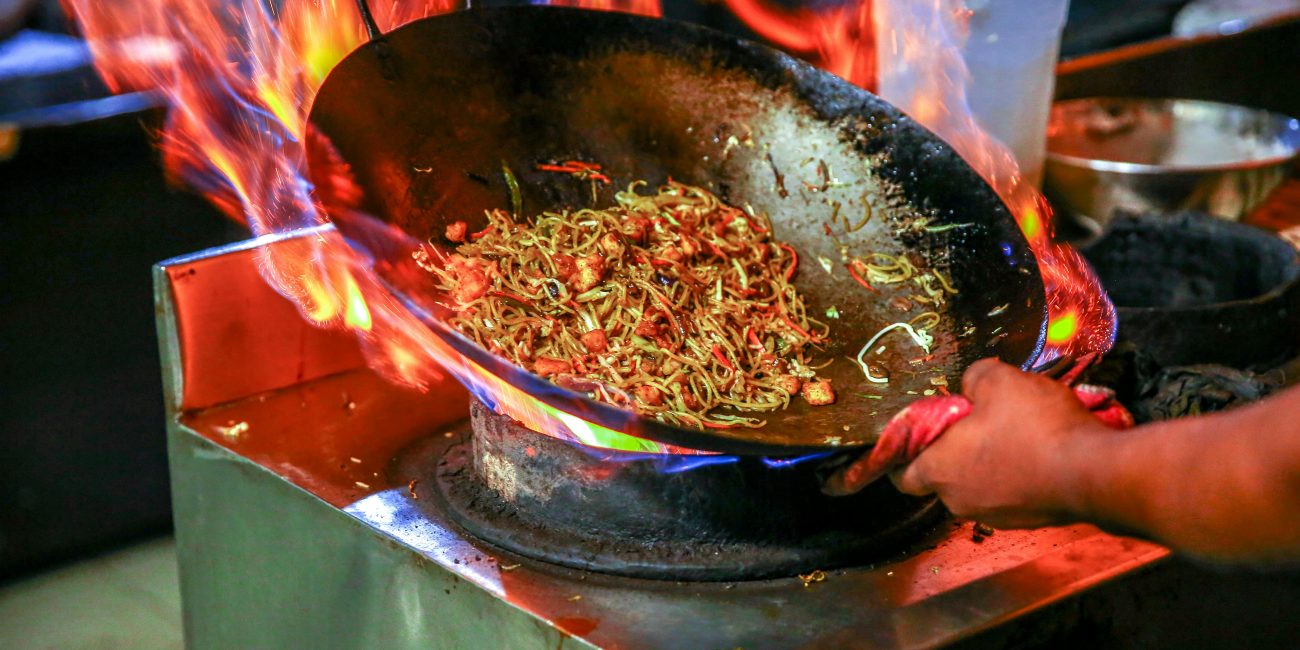For years, the all-you-can-eat buffet craze has gained traction in our country. Themed buffets have already evolved, with a buffet centred around a certain culinary item, such as potatoes, pizza, or sushi. Because of the format’s diversification, Chinese restaurants operating in this area are no longer the exclusive market participants. However, Asian restaurants continue to dominate sales: Chinese buffets are among the most popular and abundant.
In Spain, all-you-can-eat buffets are becoming increasingly popular
These restaurants typically serve a wide range of foods. Contrary to common opinion, they do not only serve traditional Chinese dishes; they also provide more local options such as croquettes, French fries, and grilled meats. Many families prefer this strategy since it is more cost-effective.
What the buffet customer wants: to eat more for less
A buffet customer has a clear goal: to pay a set amount and serve themselves as much as they like. This frequently leads to guests attempting to “make up for” their money by eating in enormous quantities. However, what the customer perceives as feasting can result in wasted earnings for the business owner.
The client who leaves the highest profit
Jiale Pan, a Chinese chef who studied at Le Cordon Bleu and owns many restaurants in Spain, was recently invited to the podcast “Un Chino y Medio.” There, he expressed his honest opinion about the loss of earnings in this type of business, which he attributed to the diverse consumer profiles. When asked about the most profitable consumers in this type of business, Pan stated that they were Spanish and came with their families.
According to the chef, this type of consumer prefers lower-cost restaurant cuisine like fried rice, noodles, potatoes, and other carbohydrate-based dishes. These products, while easy to fill, do not represent a substantial expense for the company, hence their presence results in a high profit margin.
“The Chinese are the least profitable customer”
To the guests’ amazement, Pan revealed on the podcast that the ones that truly represent the largest expense for the firm are, strangely, those from China. “Just seafood and meat. That’s it. If they see some prawns, they’ll take the entire tray and say, ‘Please cook this for me,'” he admitted, ironically referring to the grilled service offered by many of these places.

One of the interviewees verified this behaviour by mentioning that his own parents had done the same thing on occasion, which elicited laughs from those present while also prompting a deeper contemplation on consumption.
The reason: China’s culture of “always winning”
As the chef himself noted, there is a cultural reason for this mentality: “The Chinese believe that they do not have to lose. “I need to win by eating more than I paid for.” Pan amusedly recounted how he had used lobster buffets in his business: “When people learnt there was lobster, they would stand around with the claw in their palm, waiting. As soon as you pulled it out, they would tell the others, ‘It’s already been pulled out!’ “
How do buffets keep afloat?
Pan explained the secret to these businesses’ capacity to stay afloat and profitable despite these hurdles. According to the Chinese chef, these enterprises can be viable if there is a balance between different types of clients. That instance, for every adult who consumes a lot of seafood, there are frequently children or families who choose cheaper options like croquettes or potatoes. This balance compensates for the expense while allowing the business model to be maintained.
A chef who speaks with substance: Pan’s lengthy journey
Jiale Pan has worked in prominent kitchens like as DiverXO and currently runs several successful restaurants, including Jiapan, an Asian restaurant in Valladolid. Her significant experience in the food industry enables her to talk with authority about how these types of restaurants operate and how to make an all-you-can-eat buffet sustainable in the long run.









No Comment! Be the first one.